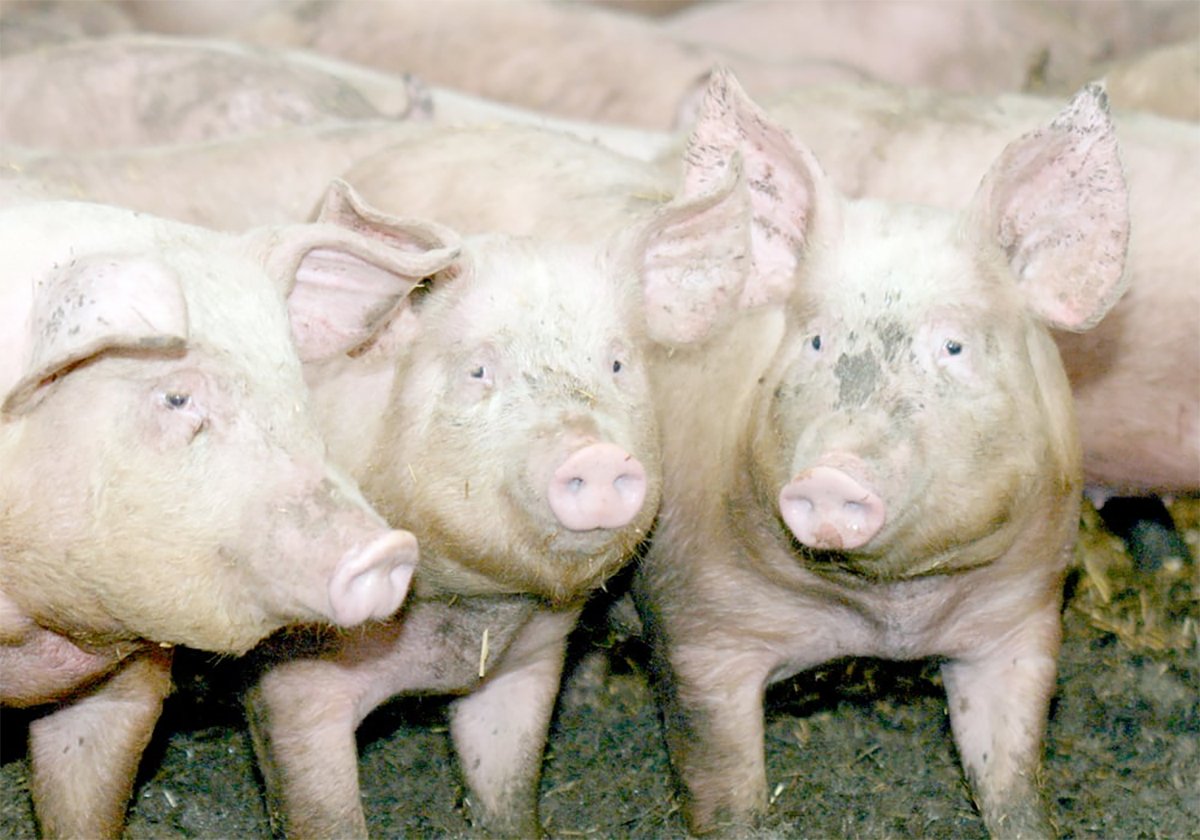RED DEER – The last 10 years have been pivotal for the Canadian beef
industry.
Recently released figures for 2001 show increasing demand, improving
export opportunities and record prices paid for live animals.
“We have seen one of the largest jumps ever in 2001 farm cash receipts
for cattle and calves. We moved up from $6.6 billion to $7.65 billion,
an increase of 16 percent,” said Dennis Laycraft, executive
vice-president of the Canadian Cattlemen’s Association. He spoke during
the Alberta Cattle Feeders Association convention in Red Deer.
Read Also

The Western Producer Livestock Report – November 13, 2025
Western Producer Livestock Report for November 13, 2025. See U.S. & Canadian hog prices, Canadian bison & lamb market data and sales insights.
Much of the good fortune has fallen on Alberta.
“Alberta has the largest cash receipts of any province in Canada,
exceeding what is normally the position held by Ontario. A lot of that
is driven by red meat here in Alberta,” said Laycraft.
Alberta is the fifth largest cattle feeding area in North America and
its 1.7 million cows is the sixth largest herd behind Texas, Missouri,
Nebraska, Oklahoma and South Dakota.
Overall, Canada is number three as a world exporter, next to Australia
and the United States. Exports of mostly high value beef cuts have
improved by 20 percent over 2000, accounting for almost a third of the
world’s beef trade.
In 2001, Canada exported $3.8 billion worth of beef, mostly to the U.S.
Exports now account for 57 percent of Canadian production in the form
of live cattle or beef.
However, in terms of production, Canada actually has a small beef herd,
representing about 2.5 percent of the world’s cattle.
There are 103,000 beef producers in Canada raising 12.8 million cattle.
Ironically, the herd has been shrinking but cattle are increasingly
productive, adding more pounds of beef to each weaned calf in each of
the last 20 years.
“We’re in that interesting situation in the cycle where we are probably
at the lowest number of cattle we are likely to see and we have record
beef production because of record carcass weights and the movement of
more heifers into the feeding system because of weather,” said Laycraft.
This situation does not normally happen simultaneously.
Demand for beef continues to grow after slipping for nearly three
decades. While per capita consumption is actually down somewhat, 2001
beef prices went up by 16 percent compared to the money spent in 2000.
Demand for beef rose four percent in 1999, three percent in 2000 and
another 10 percent for 2001.
To maintain the industry’s strength, a global marketing strategy was
created to continue to produce and sell high quality Canadian beef
throughout the world.
One part of that plan is to enhance demand and sales in Canada.
Canadians consume 53 percent of the beef slaughtered in Canada.
Domestic growth is expected to continue due to population growth but
the real strength is in exports, particularly to Mexico and Asia.
Success in offshore markets also means less dependency on the U.S.
market. Of the nearly $4 billion in sales last year, $3.2 billion was
in American purchases for beef and live cattle. The U.S. bought 34
percent of Canada’s beef in 2001.
Another goal is to increase the whole carcass value and gain price
equivalency for Canadian beef in North America.
Retail tracking found Canadian beef is discounted by $74 per head below
American product.
“In some cases Triple A product was getting blended in with the Select
no roll mix and in that case, we were losing $130 per head,” said
Laycraft.
The strategy further includes a commitment to quality, convenient
products, food safety, production improvements and secure market access.
Open markets could be jeopardized by trade disputes such as
country-of-origin requirements. The U.S. has included country labelling
requirements in its farm bill but studies show it could cost $1 billion
US per year to separate and process Canadian livestock and beef. It is
feared Americans would stop buying Canadian beef rather than deal with
product differentiation.
If passed, the labelling law could affect beef, lamb, pork, peanuts and
perishable products imported into the U.S. The bill states the beef
must be born, raised and processed in the U.S.
Such a law creates further problems for American feeder animals moving
into Canada or Mexican calves shipped to the U.S. for finishing. While
they may be American born, they would not qualify as U.S. product
because they had been fed and processed elsewhere.
“Any animal that moves between borders would be an animal without a
home and couldn’t be traced,” said Laycraft.
Such a rule could be appealed before the World Trade Organization as a
trade impediment.
The National Cattlemen’s Beef Association voted at its recent
convention to support voluntary labelling.
Disease prevention remains a serious concern. Canada, the U.S. and
Mexico have strengthened efforts to prevent foot-and-mouth or other
emerging diseases entering from Central or South America.















